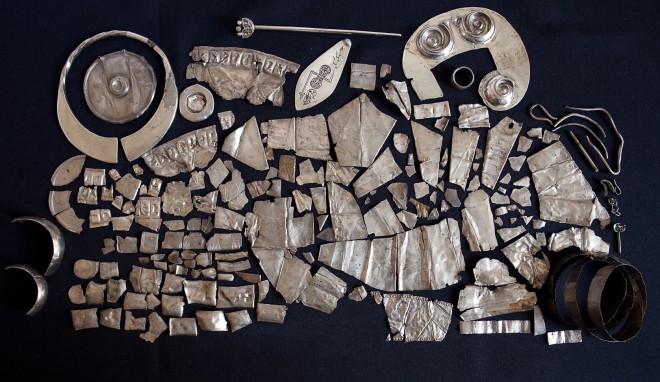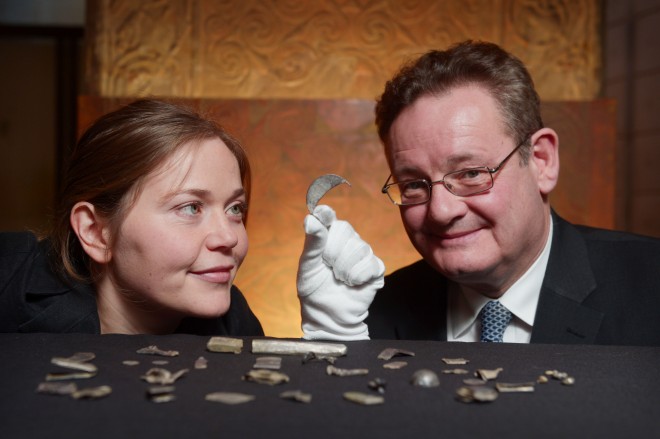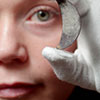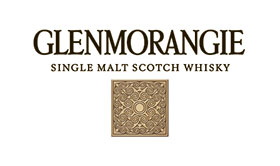The beginning of the year is a great time to look forward and we have a special reason to be excited about the coming year. We are now entering an exciting third phase of the Glenmorangie Research Project on Early Medieval Scotland (c.300-900 AD), which will see the research focus narrow in on Scotland’s earliest silver. Silver played a key role in establishing and communicating power and prestige – forget gold, silver is the precious metal of choice for a thousand years of Scotland’s history!
The combination of National Museums Scotland’s exceptional collections of early silver together with the opportunity presented by Glenmorangie’s continuing support means the next three years will be very exciting. We are currently in the process of developing a major programme of research and scientific analysis that will give us unprecedented insights into the material that, in many ways, lies behind the formation of the early medieval kingdoms of Scotland.

Scotland’s earliest silver arrives with the Romans – they brought objects and coins which were then exchanged, used as bribes or diplomatic gifts, hacked up into bullion, buried or melted down. It is this same Roman silver that is repeatedly recycled over the next 500 years until new supplies arrive with the Vikings.
Over the coming months we will be researching several major hoards of early silver – these provide some of the best evidence we have for understanding the murky transition from the end of Roman Britain to the beginnings of the early medieval kingdoms. These key hoards include the Norrie’s Law hoard of silver from Fife and the recently discovered find from Aberdeenshire, an incredibly significant discovery of just over a hundred pieces of hacked up Roman and early medieval silver. We will be working on identifying the objects they contain, understanding why they were gathered together into a hoard, when they were buried, and the political context that they represent. They put Scotland on an international stage, with links to what was happening elsewhere, inside and out of the crumbling Roman Empire. They are part of the story of the birth of early medieval Europe.

We’ll be tracking the changing composition of silver over the first millennia AD, and investigating the technologies that lie behind the creation of masterpieces of the art of the silversmith. We’ll investigate silver’s symbolic significance and role it played in the emergence of the new power structures of early medieval Scotland, the kingdoms of the Picts, Gaels and Britons.
Over the next three years we’ll be revealing insights from our research through an exciting programme of public events. I hope to see many of you there, but in the meantime I’ll be writing regular blog posts about our discoveries as the story of Scotland’s new power material unfolds. And of course you can still come and visit our Early People galleries in the National Museum of Scotland in Edinburgh and see the silver for yourselves!
The Glenmorangie Research Project aims to extend and enhance our understanding of Scotland’s Early Medieval past. The current phase of research, Scotland’s Earliest Silver: power, prestige and politics will look at the biography of this precious metal as it was used and reused in Early Medieval Scotland.
Scotland’s Early Silver exhibition is at the National Museum of Scotland until 25 February 2018 and follows three years of research supported by The Glenmorangie Company.

